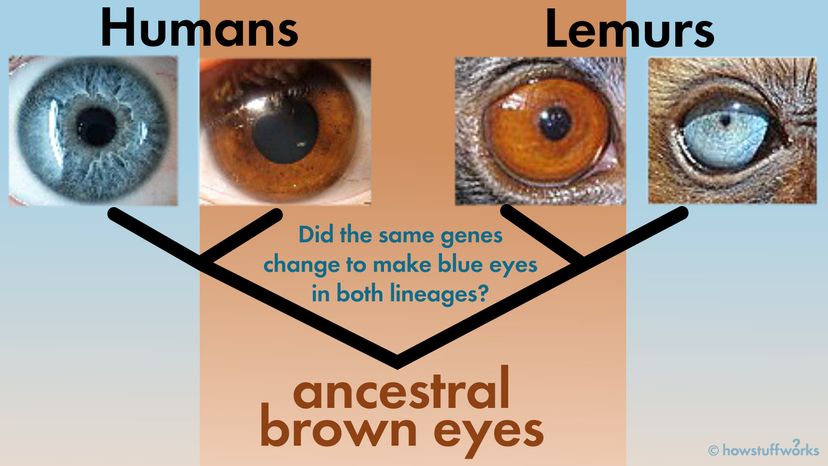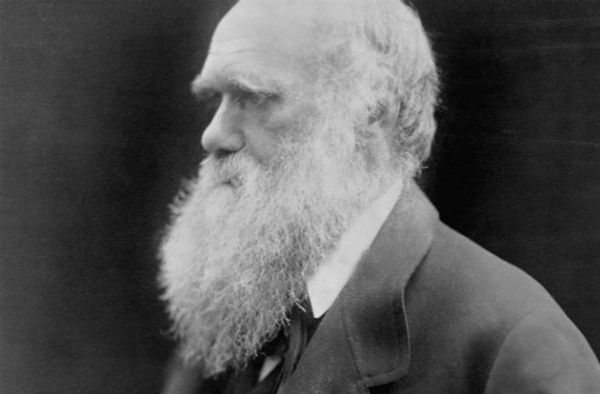But how does convergent evolution happen? This is a trickier question, and the development of genetic tools over the past 20 years has been helpful in picking it apart. In a 2019 study published in Science, one group of researchers at Harvard University have looked at the development of flightlessness in birds – a trait in birds that has evolved several times over – and exactly how evolution pulled it off in penguins the same way it did in ostriches.
Flightless birds, or ratites, can't fly for a couple of reasons: Somewhere along their lineage, they have lost their keel – the bone that runs perpendicular to the breastbone on flying birds that the pectoral muscles attach to – and they have reduced forelimbs, ranging from nearly absent in the kiwi to still obvious but reduced in size in the ostrich.
However, there are many ways that particular convergent traits can evolve.
"Before genomics, one could use developmental tools to figure out if the same or different developmental mechanisms seemed to be involved in convergent phenotypes, but the idea of levels of convergence – same mutation, same gene, or same pathway – has developed in large part because it is possible to look in the genome for these things now," says Tim Sackton, director of Bioinformatics at Harvard. "In the ratites, for example, we were able to show that the same regions of the genome that control where and when certain genes are expressed are repeatedly evolving in flightless birds, but this doesn't seem to involve the same nucleotide mutations."



